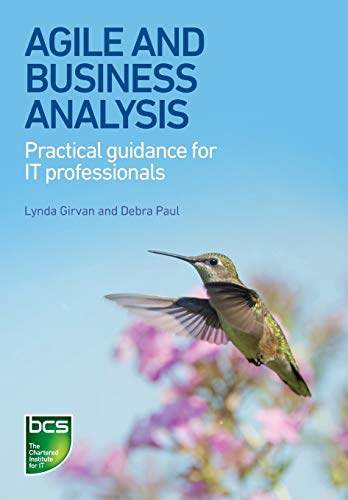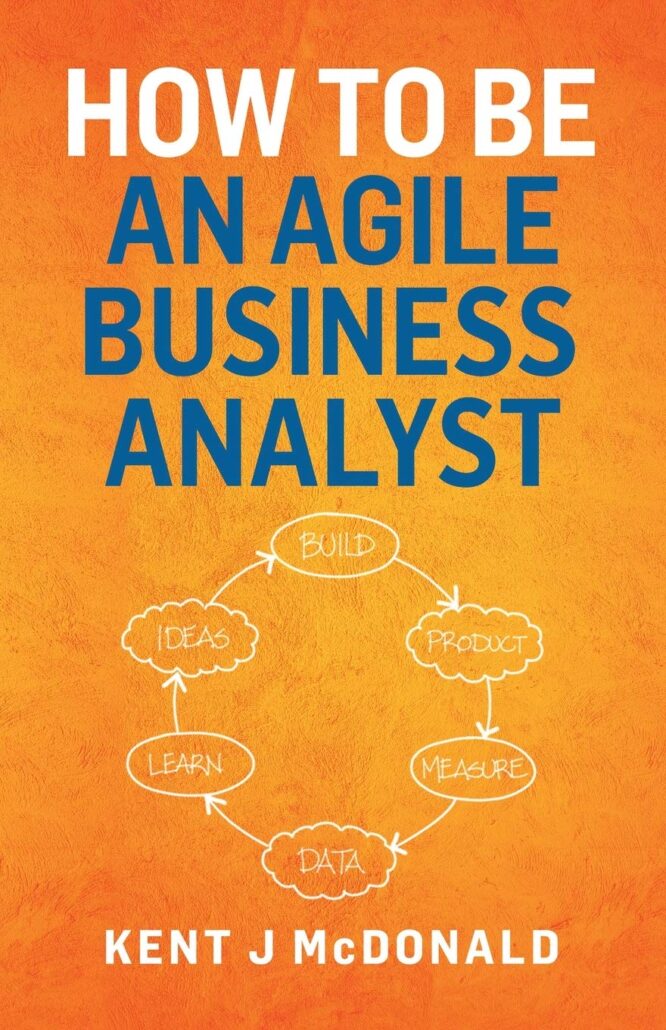Adopting an Agile approach can revolutionise the way Business Analysts work, enabling clearer vision of success, better stakeholder engagement and a greater understanding of customer needs. In today’s ever-changing technological landscape, businesses are constantly looking for ways to stay ahead of their competitors and meet their customer needs. One such strategy is to adopt an Agile approach.
An Agile methodology focuses on iterative development cycles in which feedback from stakeholders is actively sought out as part of the process. This enables teams to identify potential problems early on while also allowing them more flexibility when changes need to be made during the project life cycle. Additionally, having frequent meetings with stakeholders throughout each phase allows for a much deeper understanding of customer needs which in turn leads to higher levels of customer satisfaction.
One major benefit that adopting Agile is that it brings about faster results; since iterations occur frequently there’s no need to wait long periods to realise value. By breaking down tasks into smaller chunks makes it easier for teams collaborate together effectively without getting overwhelmed by large amounts complex data or tedious paperwork associated with traditional approaches.
Business Analysts play an important role in Agile teams as they provide essential support for project success. They are responsible for analysing user needs, defining requirements, creating prototypes, testing functionality and providing feedback throughout the development process.
Here are 4 must-read books that will give you a strong foundation to master Agile Business Analysis.
Agile and Business Analysis
Agile and Business Analysis: Practical guidance for IT professionals is an ideal resource for business analysts looking to gain a comprehensive understanding of Agile methodologies. It provides in-depth explanations and contextual information on how Agile practices can be applied within the realm of business analysis. This makes it perfect for those wanting to learn more about working with Agile, as well as those who are already working in an Agile environment or seeking certification in this area. It is perfect for Business Analysts, Product Owners or Project Managers who are working on Agile projects.
Agile Business Analysis
Agile Business Analysis: Enabling Continuous Improvement of Requirements, Project Scope, and Agile Project Results is designed for Business Analysts of all levels, from all types of environments. Through modelling techniques, documentation, communication and meetings, reporting and governance, Business Analysts will learn to provide invaluable support to agile projects. This books shows you how to build user stories and elaborate requirements to ensure that all stakeholders understand what is being developed. It will also show you how to facilitate the estimation process, ensuring effective application of lessons, improvements, and efficiencies. This is a well organised and easy-to-follow introduction to agile Business Analysis practices.
The Agile Guide to Business Analysis and Planning
The Agile Guide to Business Analysis and Planning: From Strategic Plan to Continuous Value Delivery is a must-have for teams looking to streamline their agile product development process. It offers practical guidance on how to reduce errors and delays through effective planning, backlog refinement and acceptance criteria specification. With its step-by-step approach, this book also incorporates a running case study to walk you through the full agile product lifecycle, from visioning through release and continuous value delivery. It contains everything you always wanted to know about agile analysis and planning but didn’t know who to ask.
How To Be An Agile Business Analyst
How To Be An Agile Business Analyst is for business analysts who want to become an effective member of an agile team. It provides valuable insights into how you can apply your business analysis skills in order to make sure that the team builds the right thing. The book explains five key characteristics of being an agile business analyst and offers practical advice on how to adopt those characteristics. By reading this book, you will be able to understand what it takes to be successful in a fast-paced environment and add value as part of a dynamic team working collaboratively towards common goals.



